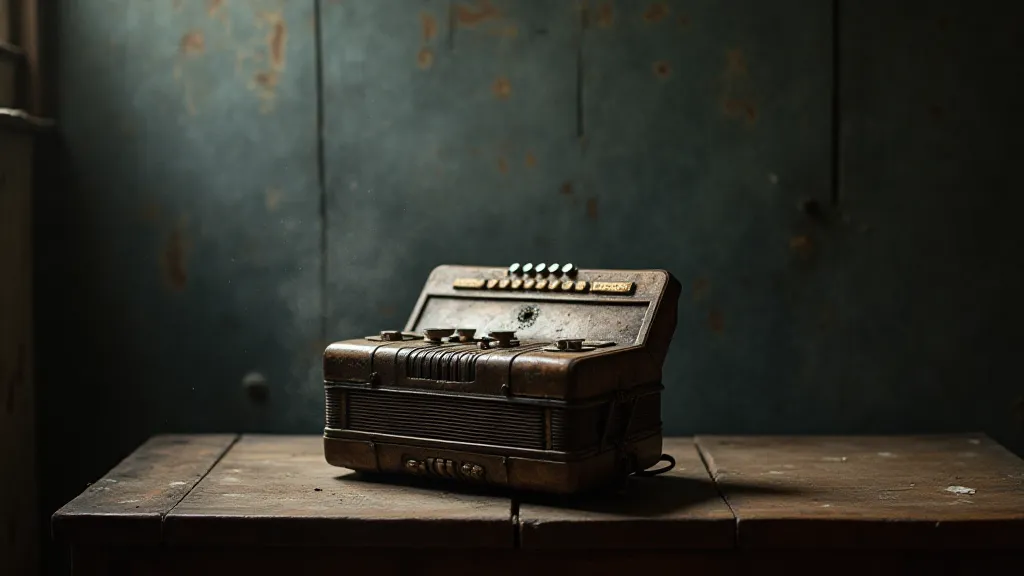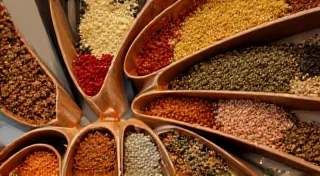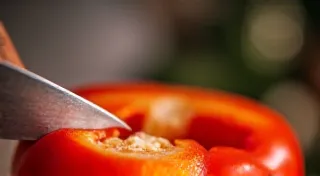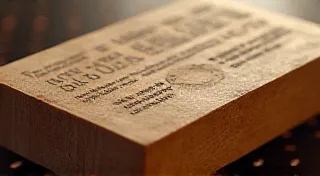The Rind of Experience: Layers of Flavor and Subtext
There's a profound beauty in the imperfect. It resides not in flawless symmetry or pristine condition, but in the marks of time, the echoes of hands that have shaped something over years, sometimes decades. I’d argue this is true of both cooking and storytelling, and I find myself constantly drawn to objects that embody this truth – a weathered antique accordion, a perfectly caramelized onion, a story that dares to show its scars.
My grandfather, a man of few words and even fewer gestures, played the accordion. Not professionally, mind you. It wasn't a virtuoso performance – more a comfort, a companion in the quiet evenings of his rural farmhouse. The accordion itself was an unremarkable thing, dark wood worn smooth from countless embraces, bellows cracked in places, keys stubbornly refusing to cooperate. He rarely spoke about it, but I remember the way his shoulders would relax, the subtle smile that would touch his lips as he coaxed a melancholic waltz from its depths. It wasn's about the music itself, but something more resonant—a bridge between generations, a tangible link to his own childhood, a quiet rebellion against the harsh realities of farm life.
The Craft of the Accordion: A Symphony of Precision
The accordion isn’s just an instrument; it's an embodiment of craftsmanship, a miniature marvel of engineering. Consider the process: the meticulous carving of the wood, the intricate reeds vibrating with astonishing sensitivity, the careful assembly of hundreds of tiny components. It’s a testament to a tradition that stretches back centuries, evolving from early button accordions in Europe to the sophisticated concert instruments we recognize today. Many early models were built in Italy, Germany, and Austria, each region imparting a unique characteristic to the build and sound. The materials themselves – often seasoned woods like walnut or mahogany, combined with reeds crafted from brass or steel – contribute to the instrument's character. There's a physicality to understanding this – feeling the weight of the wood, the crispness of the reeds – that fosters a deeper appreciation.
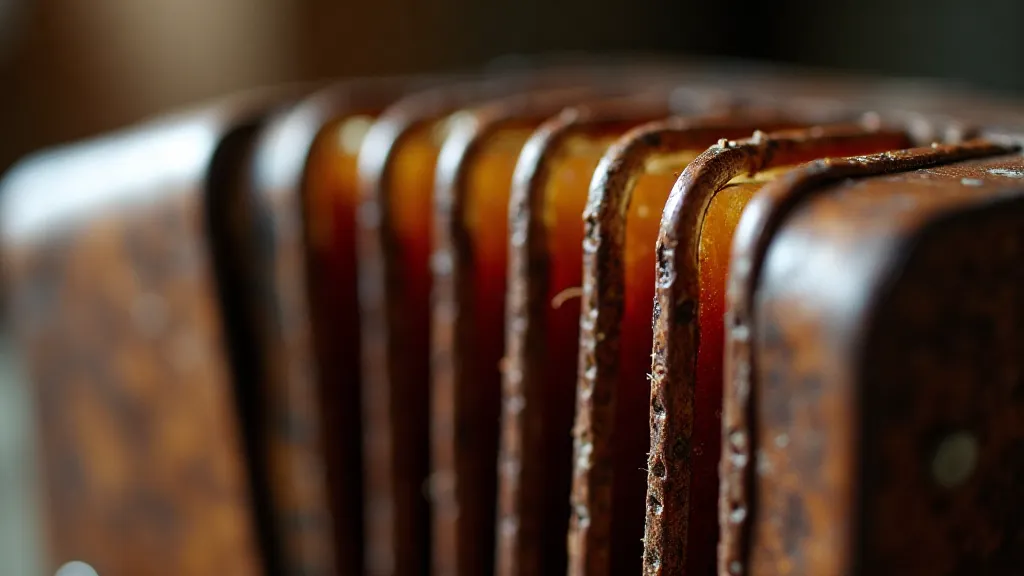
Restoring an accordion isn’t simply about repairing what’s broken; it’s about preserving a history, a story held within the wood and metal. It requires patience, a delicate touch, and a respect for the original craftsmanship. A cracked reed can be replaced, a broken key can be re-glued, but the essence of the instrument—its character—can only be maintained with reverence. Sometimes, the imperfections are part of the story. A small scratch might mark a moment of joy, a faded label might hint at a former owner. Removing these marks feels like erasing a piece of the past.
Beyond the Notes: Flavor and Subtext
This appreciation for the imperfect, the layered, extends to the kitchen as well. Think about a simple tomato sauce. Most recipes call for a handful of ingredients: tomatoes, garlic, onion, olive oil. Yet, the true magic lies in the slow simmering, the patient caramelization of the onion, the nuanced interplay of flavors that unfold over time. It's not about following a formula; it's about observing, tasting, adjusting. It’s about understanding that the simplest dishes often conceal the greatest complexity. That "perfect" tomato sauce isn't defined by a specific ratio of ingredients, but by the way those ingredients transform under your care. A subtle burn note, a tiny bit of acidity—these aren’t failures, they are textures within the flavor.
Similarly, in writing, a straightforward plot can be rendered bland without layers of subtext and emotional depth. A story about a farmer struggling to make a living can be more compelling if we understand his history, his fears, his dreams. It's not enough to simply state that he's struggling; we need to witness his quiet moments of despair, his flashes of hope, the sacrifices he makes for his family. These subtle nuances, these unspoken emotions, are what resonate with the reader long after they’ve finished the story. They’re the accordion’s slightly out-of-tune note that adds a haunting beauty.
My grandfather's accordion wasn’t a pristine museum piece. It had been played, loved, and weathered many storms. But it possessed a soul that a flawless instrument could never hope to achieve. And I realized that in both cooking and storytelling, it's these layers of experience, the subtle nuances, that truly elevate something from ordinary to extraordinary. It’s like a well-aged cheese; the rind, often discarded, is a testament to the aging process, a visual record of the conditions that shaped its character.
Collecting and Caring for the Past
For those drawn to these tangible pieces of history, collecting antique accordions can be a rewarding pursuit. However, it’s important to approach it with respect and understanding. Condition is, of course, a factor – a playable instrument is undoubtedly more valuable than a non-functional one. However, the history and provenance of an accordion can also significantly impact its worth. Knowing who played it, where it traveled, and what role it played in their lives adds a priceless dimension.
Caring for an antique accordion involves more than just occasional cleaning. Regular maintenance is essential to preserve its condition. The bellows should be oiled periodically to prevent cracking, and the reeds should be checked for wear. Seeking the advice of a skilled accordion technician is highly recommended, especially for complex repairs. They possess the knowledge and experience to diagnose problems and implement solutions that will safeguard the instrument’s integrity.
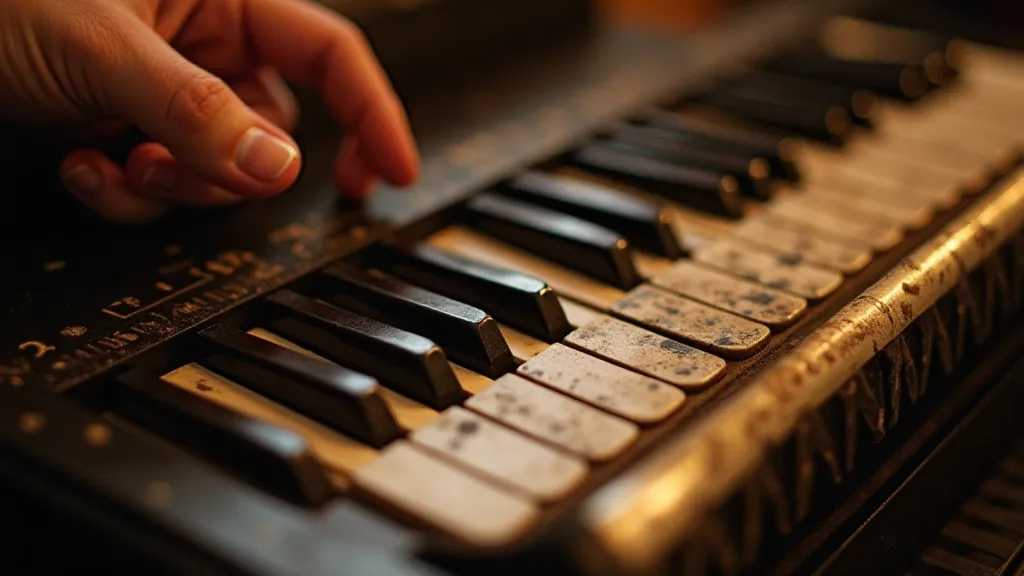
Ultimately, the value of an antique accordion isn't solely determined by its monetary worth. It's about the story it holds, the memories it evokes, and the connection it provides to a bygone era. It’s about recognizing the beauty in imperfection, the richness of experience, and the enduring power of human creativity. Like that quiet waltz echoing through a farmhouse kitchen, these objects remind us that the most profound stories are often found in the details—the subtle nuances, the layers of flavor and subtext that lie beneath the surface.
Consider this: the very act of preparing a meal, of meticulously chopping vegetables and coaxing flavors from simple ingredients, is a form of storytelling. It's a chance to connect with the past, to honor tradition, and to create something beautiful and nourishing. And just like that antique accordion, it’s a reminder that the most rewarding experiences are often found in the pursuit of imperfection—in the appreciation for the layers of flavor and the echoes of time.
